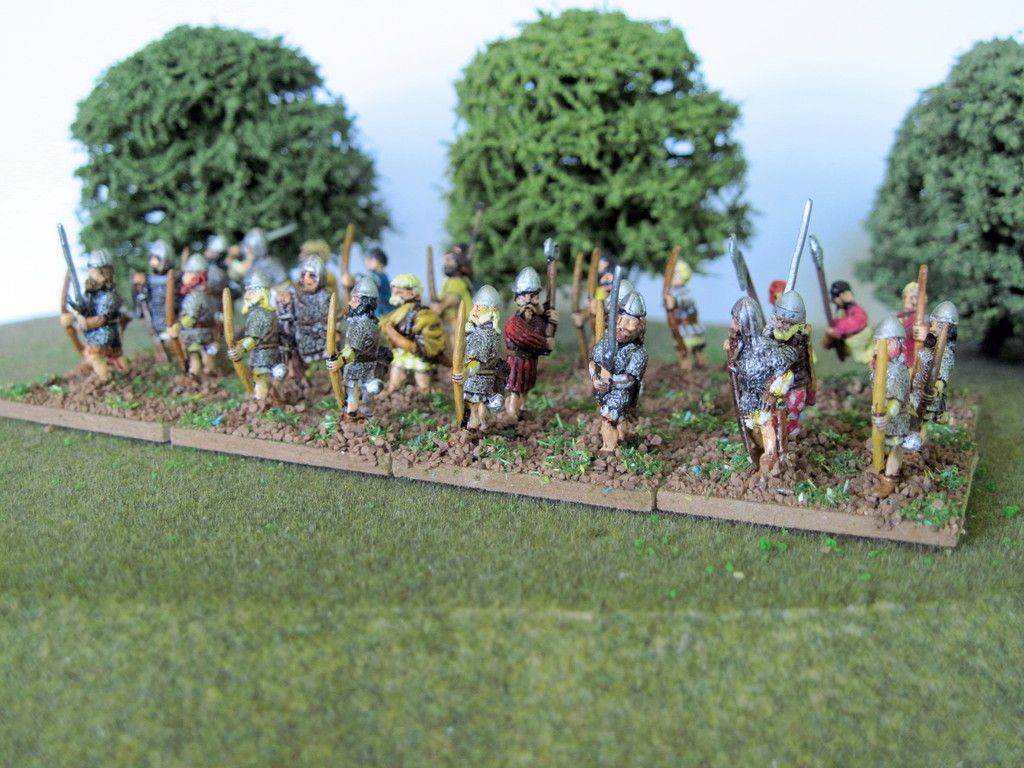Every now and then there is a
discussion on the Highland Charge. Ethnic tropes and bad history are given an airing, quotes are used without
context and people pick their side and dig in for the duration. Much heat and little light is generated.
I’ve been thinking about the Highland Charge and Highlanders at war in general. Let’s start by considering this view from a military man who saw the real thing in the ‘45.
“(people) that knows the Highlanders…whose way of fighting
is to go directly sword in hand at the enemy…any man who has served with the
Highlanders knows that they fire but one shot and abandon their firelocks
thereafter. If there be any obstacle
that hinders them going on the enemy all is lost.”
O’Sullivan here is talking about the Highland charge. Should the Highlander make contact he crouched behind his targe, brought his
sword edge into play and pruned his opponent by lopping off extremities. The
heavy basket hilts and a circling motion brought additional weight and velocity
to the blows. The impact was of course
horrific for those on the receiving end.
The charge was delivered in formation, three ranks deep with the leading men covering the followers, and at speed. The spacing was important both to reduce casualties from incoming fire and to allow each man enough space to fight effectively once the charge went home. As Jim comments below care was taken to maximise the advantage of ground.
The charge failed at Culloden not least because of the unsuitable ground and resulting overcrowding of the clansmen.
So we can see that the Highlanders actually needed good ground to deliver their particular brand of martial magic to good effect. Significantly a generation later and a world away Highland charges in the Mohawk Valley always failed.
Little attention is given to missilery despite it being an integral part of the Highland military doctrine. The hunting Highland gentry tended to be be good shots with lots of practice behind them. When facing formed regular troops they liked to try and provoke an early volley from their opponents by potting a few. If they succeeded they could charge in relative safety. What they could not do was match the rate of fire of regulars and wherever possible they tried to avoid such contests.
Why men so famed for their close fighting should emphasise missilery is interesting to consider. I take the view that it stems from the Viking influence on the Isles and adjoining mainland Scotland and that it was an integral part of the Highland military tradition.
Troops from the Highlands and Isles on the evidence of records of their battle performance in the Nine Years War in Ireland were bow and sword armed high quality assault troops. Like the Irish they quickly took up firearms which pretty much takes us to the popular image of the Highlander.
I'm minded to model the foregoing by giving the Highlanders a high fire effectiveness but a low rate of fire and once a charge has taken place no firepower at all.













